 2022-07-19
2022-07-19
LED displays are widely used in many scenarios. Various installation modes of LED displays are available based on demands. How do you select the best LED display for your desired display effect? The following are six common ways to install a LED display.

1) Suspended Mounting
Suspended mounting is suitable for screens with light weight and small dimension. The sizes of the screen are generally with less than 6 meters of height or less than 50 kilograms of weight, and the cabinets are of integrated structure or hoisting structure, allowing them to be directly mounted on the load-bearing walls. LED displays mounted in this manner are mostly used in indoor or semi-outdoor circumstances where hallway, corridor and station entrances, airports and roadways stand to serve as traffic guidance screens.
2) Embedded Mounting
Embedded mounting is to open a void in the wall and embed the cabinet into the wall. (The wall should be solid.) After installation, the plane of displays is at the same level as the wall. This mounting method can be applied to front service/maintenance LED displays with small pixels and dimensions in both indoor and outdoor environments. It is usually found at the building entrances, hallways and so on. In most cases, displays using this kind of manner have poor cooling effect.
3) Floor Mounting
Compared to other installation modes, floor mounting is more flexible as it could be either movable or fixed. Generally speaking, movable floor mounting (with rollers) is better suited to screens with small area and light weight. Our new product, Dakco LED Poster Display, is a standard floor mounting screen.
4) Column Mounting
Column mounting is to first set up the column(s) in the open space, and then install the display screen on the column(s). It is often employed in outdoor billboards that demand a broad field of vision, a long viewing distance, such as squares, parks and so on. Depending on the size of the display screen, single-column and double-column installations can be adopted. Normally, small screens are installed with a single column, whereas larger screens are fitted with double column.
5) Wall Mounting
Wall mounting is the most popular installation method. It can be utilized in both indoor and outdoor settings. The bearing wall should be solid. For small screens, the entire screen will be taken down for maintenance. For larger size of screens, they are often designed with front service structure.
6) Rooftop Mounting
Rooftop mounting is mainly employed in outdoor LED displays. Normally, the installation site is at the top of the buildings. So the screens and underlying steel frame structure should be designed to withstand heavy wind loads, rainfalls and thunder strokes while matching the aesthetics of the surrounding building finish.


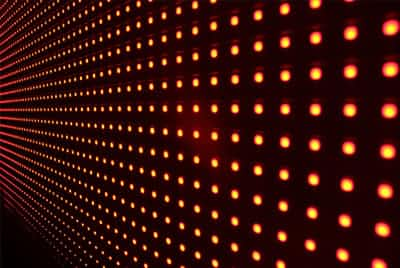
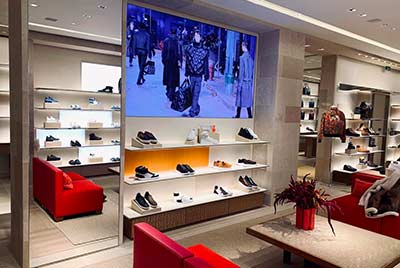
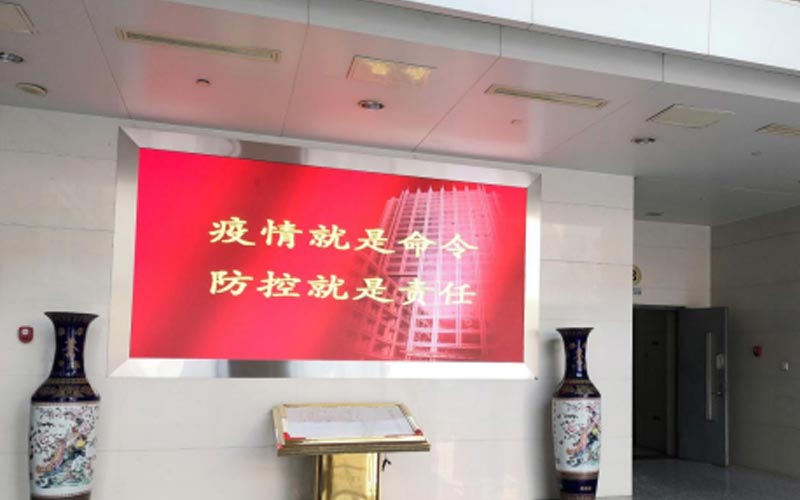
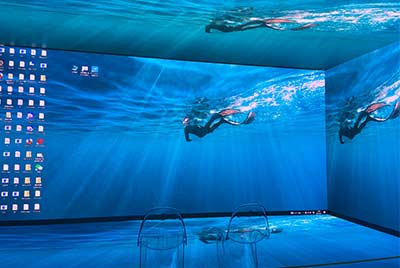
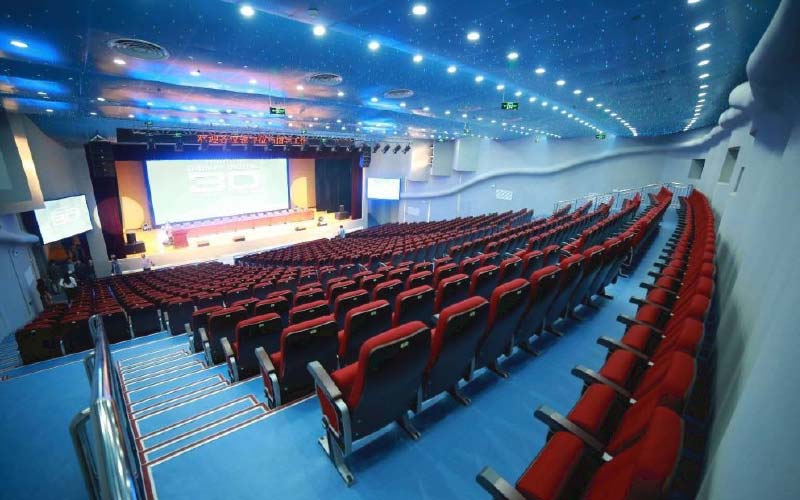
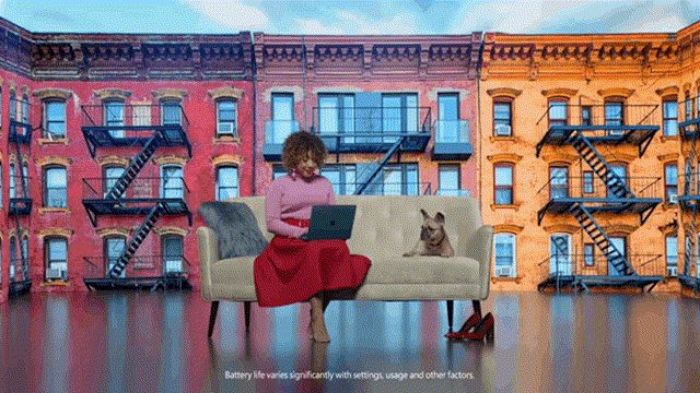
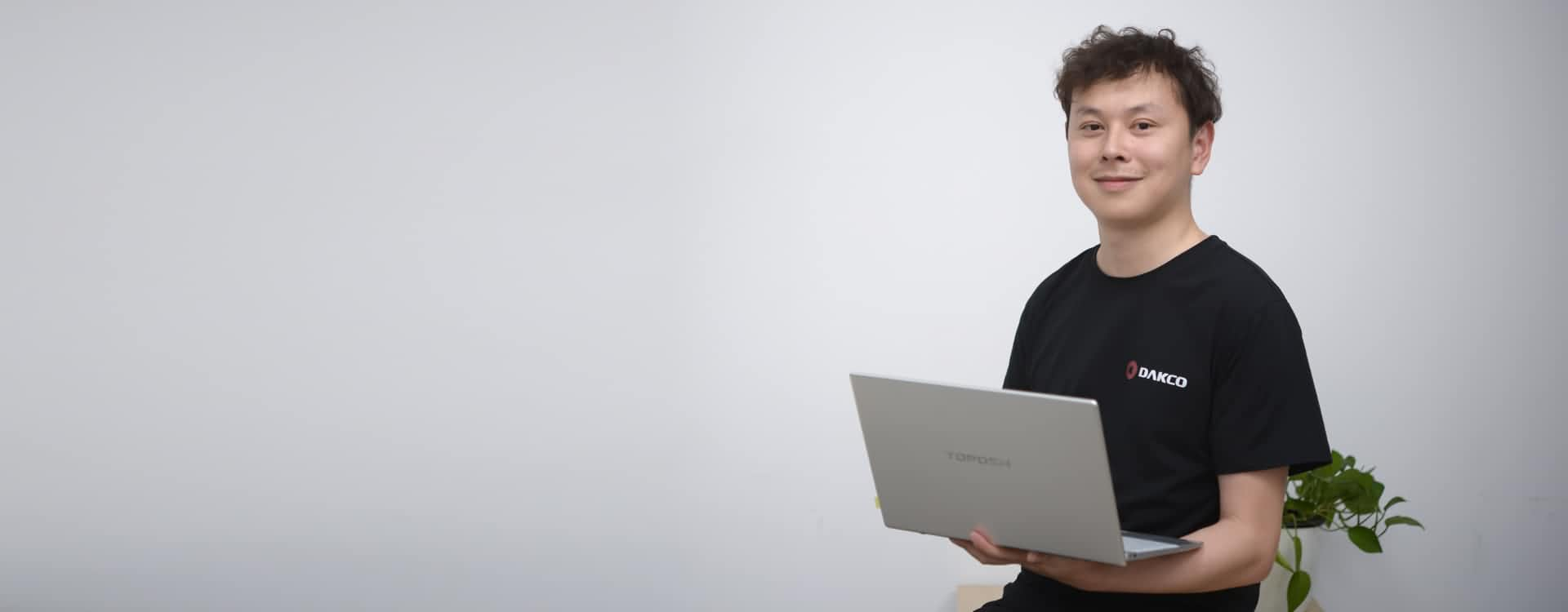
Need good-quality LED displays for your projects? Interested in becoming one of our distributors? In need of technical supports to better serve the customers? Want to learn more about our products & services? Please hesitate no more and contact Dakco via the link below!
Contact us